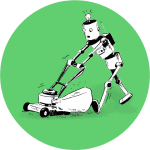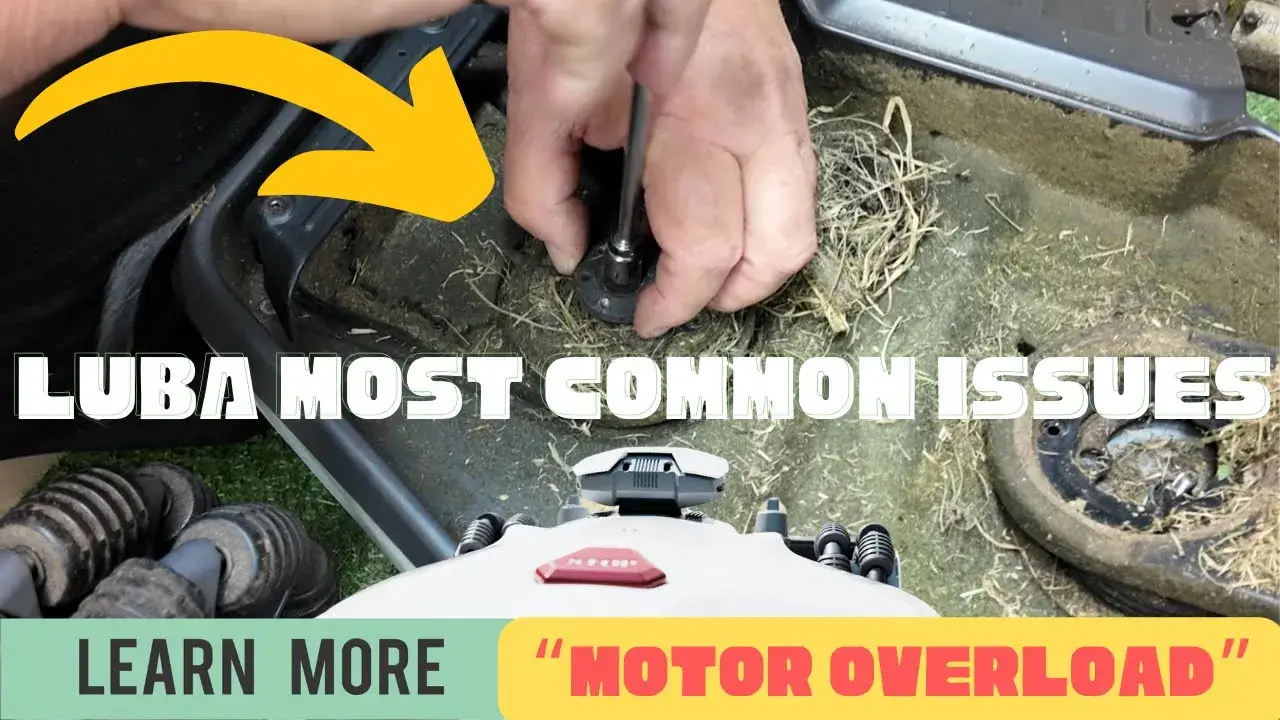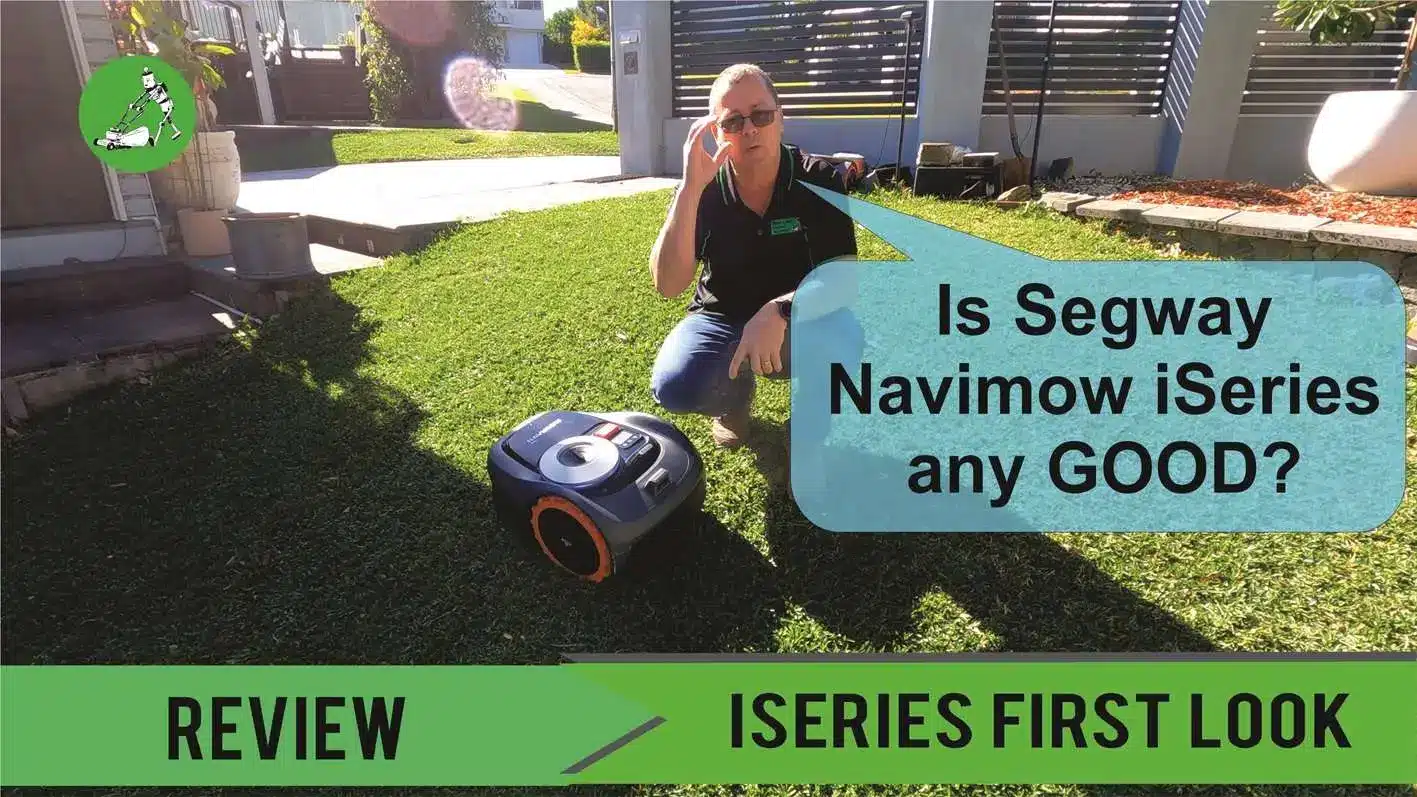Mammotion LUBA 2 – How to Clean Grass Under Cutting Disks and Blade Guard
Mammotion Luba 2 - How to Clean Grass Under Cutting Disks and Blade Guard
In this video, Glyn from the Robot Lawn Mowers Australia team demonstrates how to identify and resolve motor overload errors caused by grass buildup in your robot mower. Regular maintenance is crucial to keeping your mower running smoothly and extending its battery life. 🔍 Common Motor Overload Causes: Excessive grass buildup around the blades and under-guards Grass lodged inside the blade shaft Blades hitting each other due to obstructions Reduced movement of lift mechanisms due to debris 🛠️ Step-by-Step Troubleshooting Guide: Inspect and clean grass buildup under blade guards. Remove grass lodged in the blade shaft and lever. Check for obstructions causing blades to hit or lift height errors. Regularly clean the mower to prevent battery drain and motor strain. 💡 Key Maintenance Tips: Clean your mower thoroughly after each use or as needed. Avoid letting grass buildup lead to motor strain, which can shorten your mower’s battery life. Treat mower maintenance like driving a car—don’t let it “run with the handbrake on.” 📌 Like, subscribe, and hit the notification bell to stay updated on more troubleshooting tips, maintenance hacks, and tutorials for robot lawn mowers. 🔗 Watch Now and Keep Your Robot Mower Running at Its Best!










